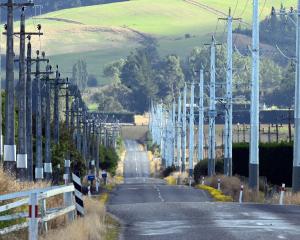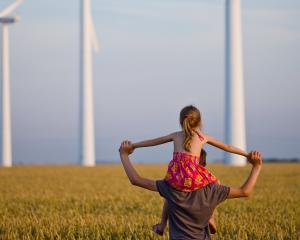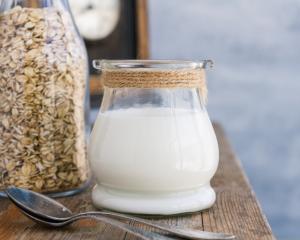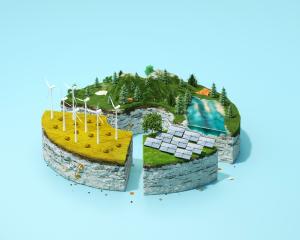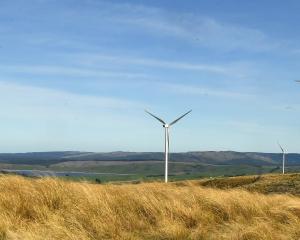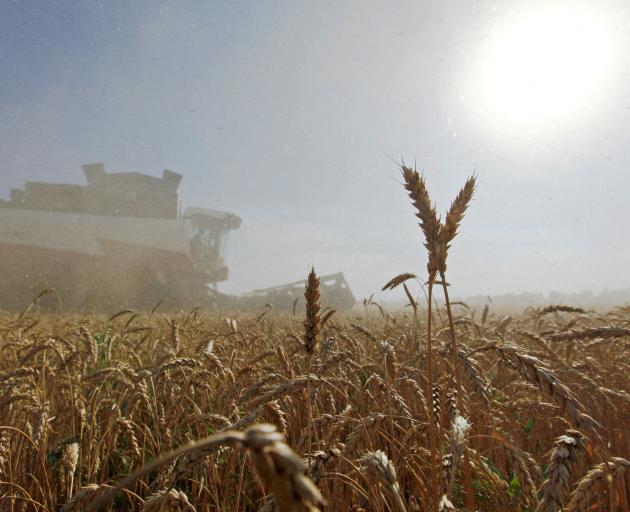
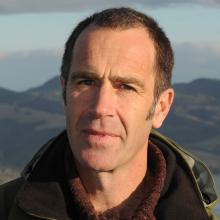
Ukraine, which typically supplies much of the world with grain, is currently focused on simply surviving Putin’s barbaric aggression. And, in the midst of an unprecedented and deadly heat wave, India has banned the export of wheat. It’s not simply the supermarket duopoly which is driving up the cost of food. Our global food system is as unstable as our climate system, and things are not likely to settle down any time soon.
We’re faced with the acute problem of rising food costs while we confront the chronic issue of climate breakdown.
Our global industrial food system undermines ecological systems and cannot deliver food equity. Meanwhile, a wide range of social movements are working for change, aware of the need to transition to more equitable, sustainable systems. From conscience movements working for animal rights, Slow Food or waste reduction, to political action challenging corporate power led by organisations and networks such as Greenpeace or La Via Campesina. There are also actions happening at the flax-roots.
On the direct action front, dumpster diving - the practice of ‘‘stealing’’ waste food rather than letting it go to landfill - has helped some students balance their meagre food budget while reducing food waste and therefore reducing methane emissions. Dairy, baked goods, meat and fish are commonly scavenged foodstuffs. One big issue these ‘‘freegans’’ face is storage - where and how to store a flush of perishable goods for future consumption? Freezer space becomes a key component in the underground freegan network. But it also depends on continued access to waste, which is itself unsustainable.
Foraging, the art of gathering wild food, is something I’ve always been keen on as seasonal exploration. There’s the joyful discovery of those hidden bolete mushrooms poking through the leaves, the hat full of walnuts and the wild thyme of Central Otago. Christchurch foragers have access to the uninhabited red zone where nature rules. Thousands of fruit and nut trees remain, untended but productive and accessible.
At our recent neighbourhood apple-pressing session, at least half the apples pressed came from foraging expeditions - that sweet juice now fermented into the distinctively dry Waitete cider. And each year whanau engage in the titi harvest on Stewart Island/Rakiura, maintaining tikanga and traditional food ways.
These small direct actions may be the seed for something much bigger.
Imagine if instead of responding to crises as they occur, we were able to plan and prepare. What could happen, for example, if the agri-food corporations who dominate our global food system become more entangled in global geopolitics: the Russian invasion of Ukraine, an outbreak of civil war in the United States, another pandemic, collapse of markets in the global South, and began retracting?
When the Soviet Union collapsed in 1990, Cuba’s lifeline to fuel, fertiliser and food was cut and Cuba had to make a rapid transition from a highly mechanised, industrial farming system to one embracing organic, community and urban-based food provisioning. It could happen here as international markets collapse, and access to fuel, seed and fertiliser becomes problematic.
Many communities and groups are taking things into their own hands. The regenerative agriculture movement in Aotearoa is growing through peer-to-peer farmer networks rather than through mainstream productionist agricultural science, boosting biodiversity and supporting a gentler way of farming.
Urban agriculture ventures such as the OMG Organic Market Garden in Auckland are demonstrating that community supported agriculture is suited to the city and can provide healthy organic food direct to consumers without the predatory retail tariff.
Here in Otepoti Dunedin community gardens, such as North East Valley Community Garden and Puketeraki runaka’s community garden/orchard are providing places where residents can learn and share knowledge, while growing good food and relationships.
It’s tempting to think this is all new. But Maori have been working communal gardens, hunting, fishing and foraging kai in Aotearoa since well before the fossil fuel era. Broadcaster and Minister ‘‘Uncle Scrim’’ in the 1930s used his platform to encourage home gardening to supplement meagre food supplies. When, as a young man in the 1990s, I returned to the family farm and suggested my father practise organic gardening, he looked at me and asked what I meant. I earnestly described all I’d learnt living in rural France, and he said, ‘‘oh, they’re calling ‘gardening’ ‘organic gardening’ now ... ’’. There are a wealth of sane food traditions that we can draw on.
Regenerative agriculture, allotments, community gardens, community supported agriculture, home gardens, foraging and recognition of mahinga kai are all ways we can actively construct a lifeboat to manage the climate storms ahead. Freedom from the global industrial food system is deeply rewarding, good old common sense and simply nutritious!
Scott Willis is a climate and energy consultant. Each week in this column one of a panel of writers addresses issues of sustainability.

